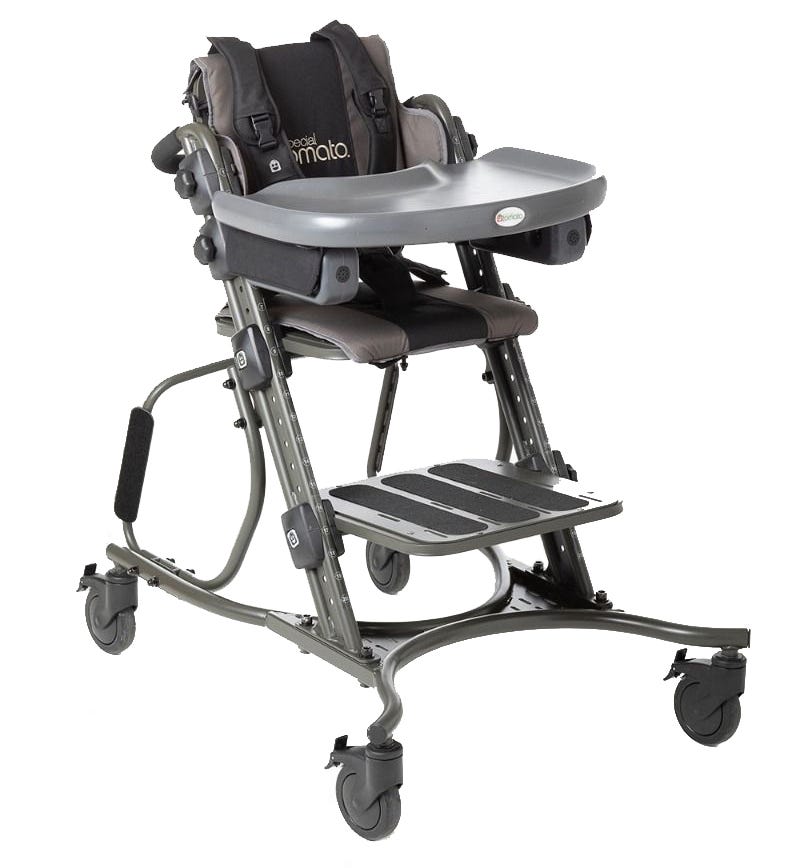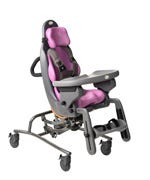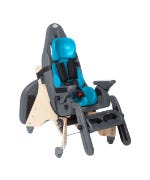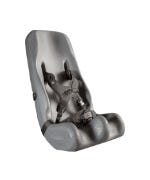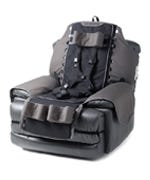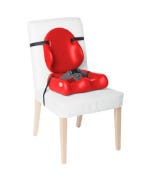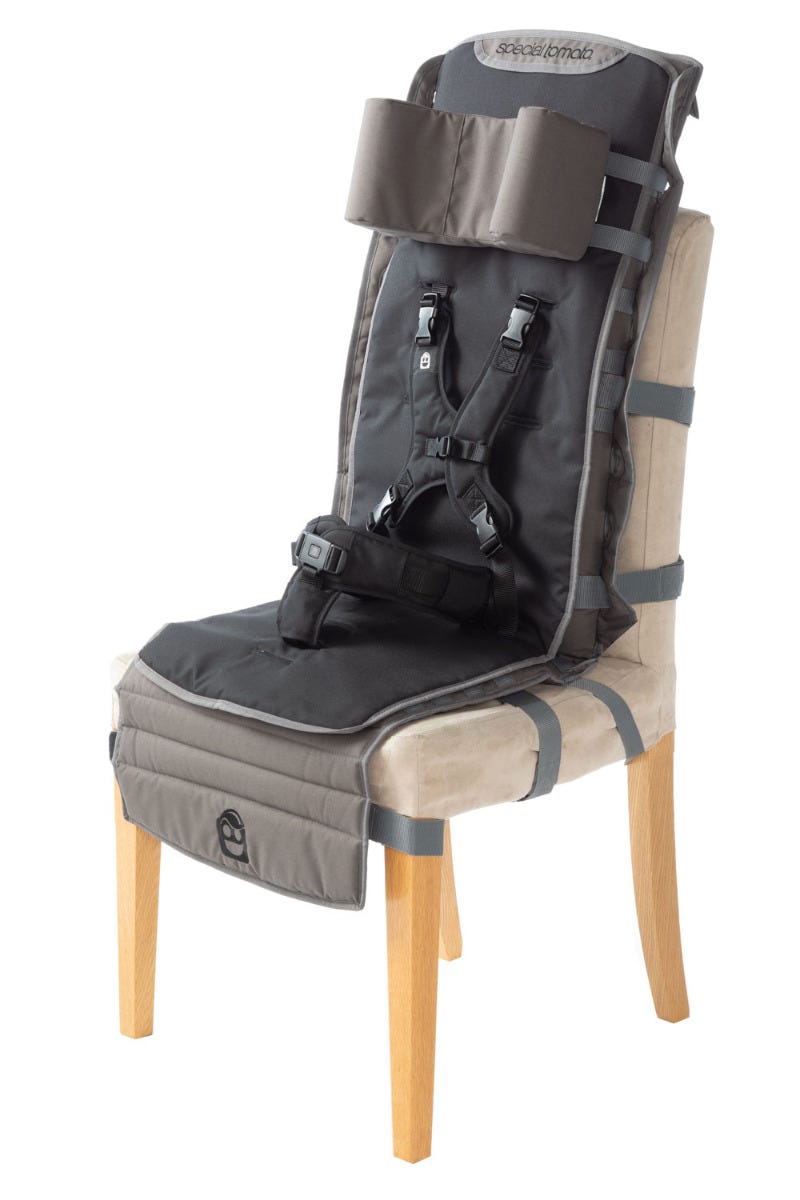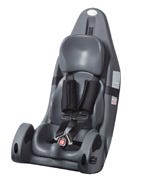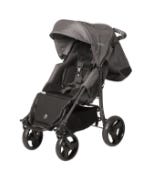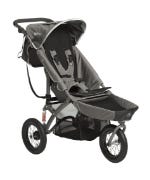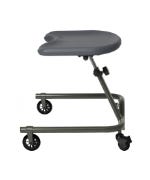Ways to Enjoy the Outdoors with Adaptive Equipment
For children with special needs, getting outdoors may seem like more of a chore than a fun excursion. However, it's important to consider the benefits of not just physical activity but exposure to nature and sunlight. Studies have shown that spending just a few minutes outside experiencing nature can improve mood and self-esteem, and even quell depression. Sunlight is good for our bodies too. And if we can get some physical activity while being outdoors, that's even better. Here are some guidelines for adapted outdoor activities for children with special needs as well as other tips for managing disabilities while getting outdoors.
Parks
Thanks to the Americans with Disabilities Act, any public playgrounds built or altered in 1990 or later must comply with certain requirements. For example, pathways to the playground must connect to the parking lot for wheelchair access, some of the play components must be on a wheelchair-accessible route, and in some cases, elevated play structures must have accessible ramps for those needing mobility devices. Most parks have information on their websites about accessible playground components. Check around and see. You will likely find a nearby playground you can visit.
National Parks are not only required to provide wheelchair-accessible trails and pathways, but they provide free admission to those with permanent disabilities. For more information about accessible areas of National Parks, as well as information about visual and audio assistance at these parks, visit the National Parks website and choose Plan Your Visit to find information about each park's features. For more information about accessibility at National Parks, as well as the Accessibility Strategic Plan aimed at improving accessibility by 2020, see the Accessibility for Visitors section of the website.
Camping
Camping is a great activity. Instead of just a day outdoors, you can immerse yourself in nature. You'll need to plan ahead, but the United States Access Board provides guidelines for camping facilities and shelters that require a certain number of campsites with mobility features. This includes non-sloping tent platforms, adequate parking space and more.
WheelchairTraveling.com offers some suggestions for the best wheelchair-accessible campsites. It's also a good idea to call and reserve a specific accessible site before you go. If this is the first time your child is camping, consider a one-night stay instead of two. You can always do more another time if they like it.
As with any outing, make sure you plan ahead. Pack all necessary medications and equipment, and consider some ideas for activities:
- Hikes and walks. Even if your child uses a wheelchair, you can find an accessible path and travel along it. As you go, you may ask your child to spot and collect as many pinecones or colorful leaves as they can find, or to conduct a scavenger hunt for multiple things in nature. Another idea is to have them notice and record the many unique sounds or smells in nature and try to guess where they're coming from. You can also take along a magnifying glass for a close-up look at leaves, flowers, bugs and pine needles. There’s plenty of room to be creative and inspire an appreciation for nature in your child.
- Campfire fun. Nighttime fires are fun for everyone. Set the scene for some fun sing-alongs or storytelling. This can be a great way to make friends if you've got a group of kids camping together.
- Boating. Many campsites offer kayaking and canoeing. If your child has physical disabilities that prevent him or her from safely participating in this activity, you might consider purchasing or renting adaptive equipment. Creating Ability is a good source for adaptive kayaking equipment.
- Nature art. There's a wide range of art you can do at a campsite. Try putting paper on top of a leaf and then coloring overtop to create the image. Press your child's thumb on a stamp pad and create animals by drawing eyes, ears, noses and other features, or create something else entirely using the thumb prints. You can even build a quick teepee with sticks and some string, decorating it with bark and leaves.
Other Ideas
If you're not ready to try camping or heading to a national park, you might consider a simple backyard excursion. Anything you can do to get your child near nature is likely to improve their mood and well-being. Ideas include a game of catch or Frisbee, lunch or dinner on the patio or simply sitting outside while doing homework or discussing the day's events. Organizations
Many organizations provide outdoor experiences for those with disabilities. They're experienced at accommodating a wide range of special needs, so consider contacting one of the following companies:
- Wilderness on Wheels in Colorado provides accessible camping, hiking and fishing.
- The National Ability Center, based in Utah, provides a wide range of adaptive outdoor recreation activities including cycling, climbing, aquatics, skiing and more.
- Adaptive Adventures is based in Colorado but leads adapted outdoor adventures across the country. The organization helps those with disabilities cycle, ski, snowboard, scuba dive and more.
- Granite State Adaptive in central New Hampshire, offers adaptive cycling, equine assisted activities and winter sports for people with disabilities.
- Bridge II Sports is based in North Carolina hosts a variety of sports and activities from wheelchair basketball and boccia to air rifle marksmanship. Other sports include sit volleyball, archery, kayaking, golf and more.
We hope these tips and ideas have helped you make the decision to venture into the outdoors with your special needs child. The reward for a little planning and legwork on your part will be the smile on your child's face.


